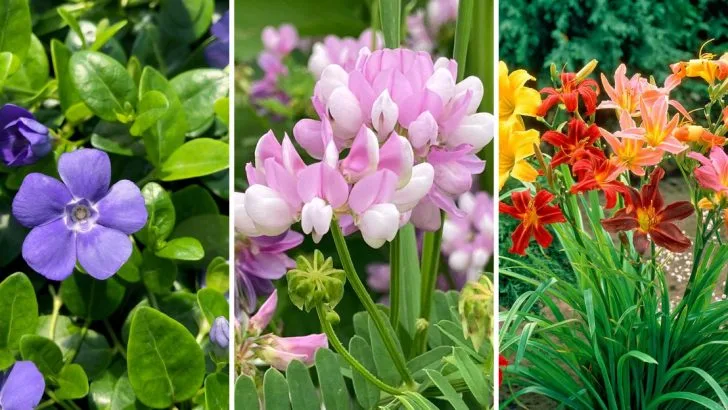Not all ground covers are as low-maintenance or well-behaved as they claim to be. Some spread too aggressively, others attract pests, and a few just don’t hold up well in real-world garden conditions. It’s easy to get drawn in by a pretty label or a quick-growing promise, only to end up with a plant that’s more trouble than it’s worth.
The truth is, there are better options out there—plants that do the job without taking over your yard or constantly needing extra care. Swapping out a finicky ground cover for a more reliable one can save time, money, and a whole lot of frustration down the line. So if you’ve had bad luck with certain varieties or are just trying to make smarter choices, it’s worth taking a closer look at what’s actually worth planting.
English Ivy
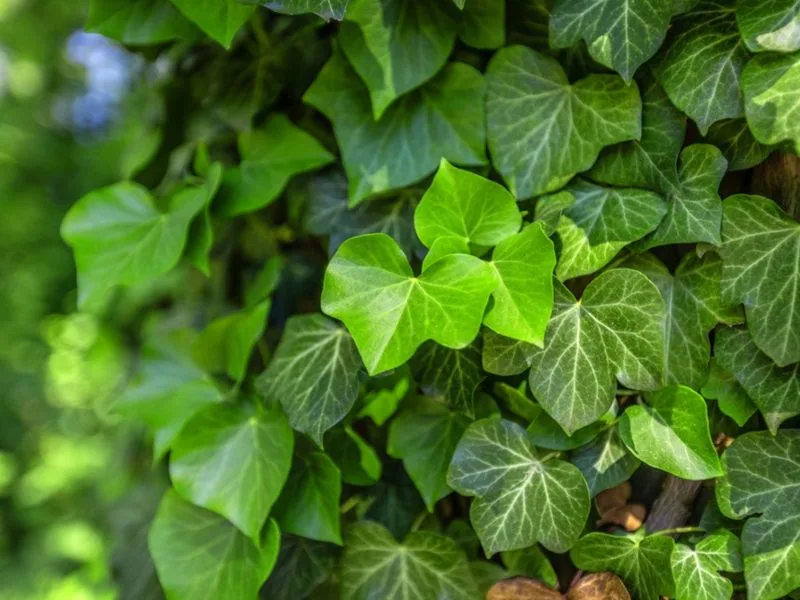
English Ivy, with its attractive glossy leaves, might tempt gardeners looking for an easy ground cover. However, its aggressive growth can lead to problems, as it tends to smother trees and other plants. This invasive nature can cause damage to buildings and create monocultures in natural areas, disrupting local ecosystems.
If you’ve ever tried to remove it, you know it clings fiercely, requiring persistent effort to control. Consider this when planting, and be prepared for regular maintenance.
Looking for something less aggressive? Think about alternatives that offer coverage without the constant battle.
Japanese Pachysandra
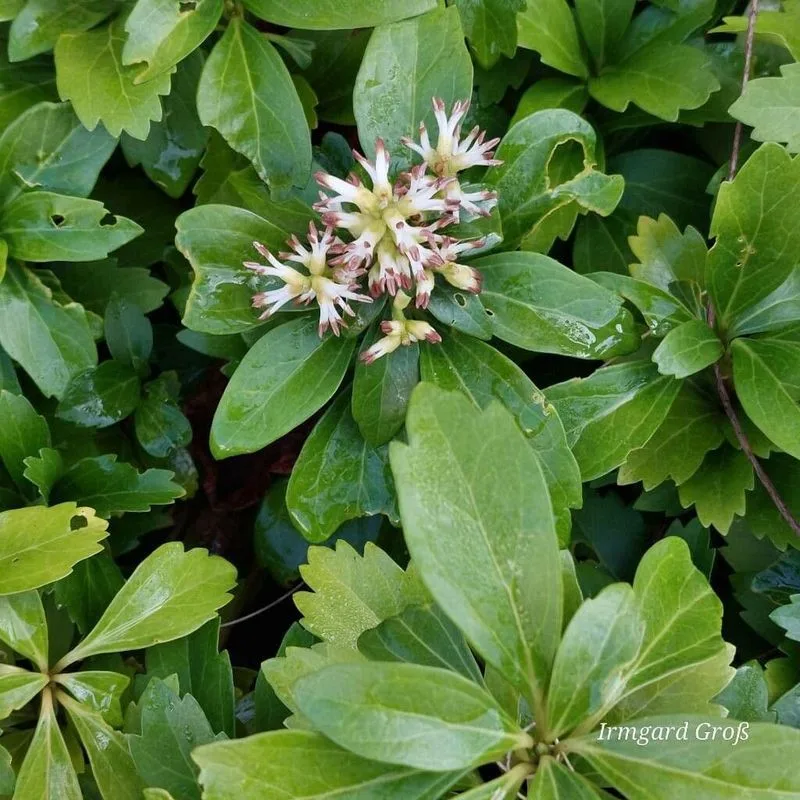
Japanese Pachysandra is a popular choice for shady spots. However, it has a reputation for crowding out other plants and spreading beyond intended areas. Its vigorous growth can create a landscape that’s difficult to manage, as it establishes dense mats that are hard to penetrate.
For those with limited time, this plant might demand more attention than anticipated. Additionally, it can become a target for pests and diseases, which complicates its care.
Instead, explore alternatives that provide the same lush coverage without the relentless spread and maintenance challenges.
Vinca Minor
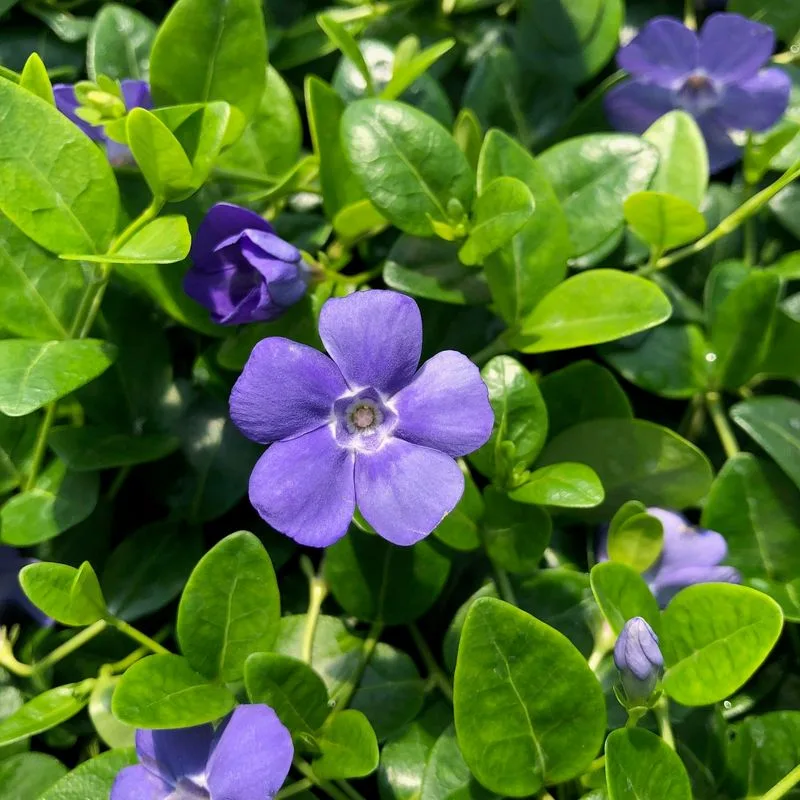
Vinca Minor, or periwinkle, charms with its delicate blue flowers. Yet, its invasive tendencies can quickly overrun garden beds. It thrives in various conditions, making it hard to contain once established.
Many find its rapid spread less than charming when it invades other plantings, requiring constant trimming and control. This characteristic can lead to unintended monocultures.
If you’re seeking a less invasive ground cover, consider plants that offer beauty without the risk of taking over your entire landscape. An alternative might give you peace of mind and easier garden management.
Creeping Charlie
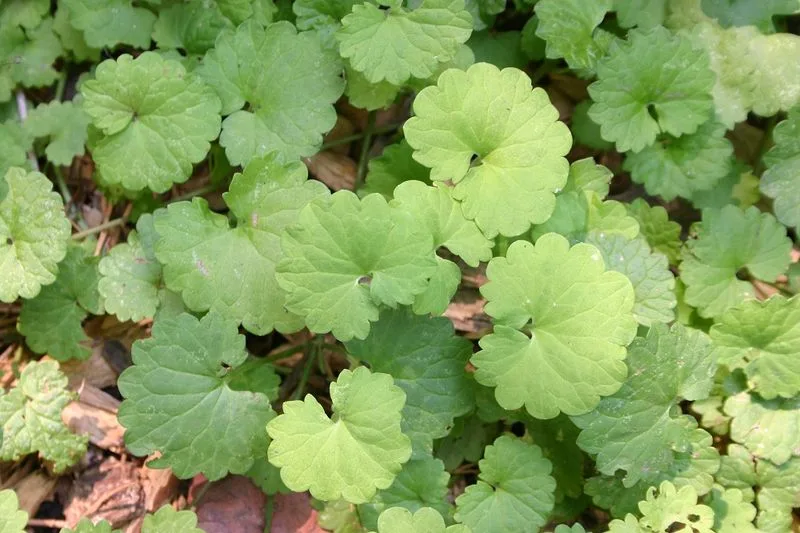
Creeping Charlie, often seen as a weed, can invade lawns and flower beds with ease. Its small, round leaves and petite purple flowers may seem innocent, but this plant spreads rapidly through stolons.
Once it takes hold, you’ll find it challenging to remove, as it roots at nodes and regenerates easily. This tenacity means that it can smother desired plants if left unchecked.
Those looking for a less tenacious ground cover should consider alternatives that don’t share Creeping Charlie’s propensity for invasion and difficult removal.
Crown Vetch
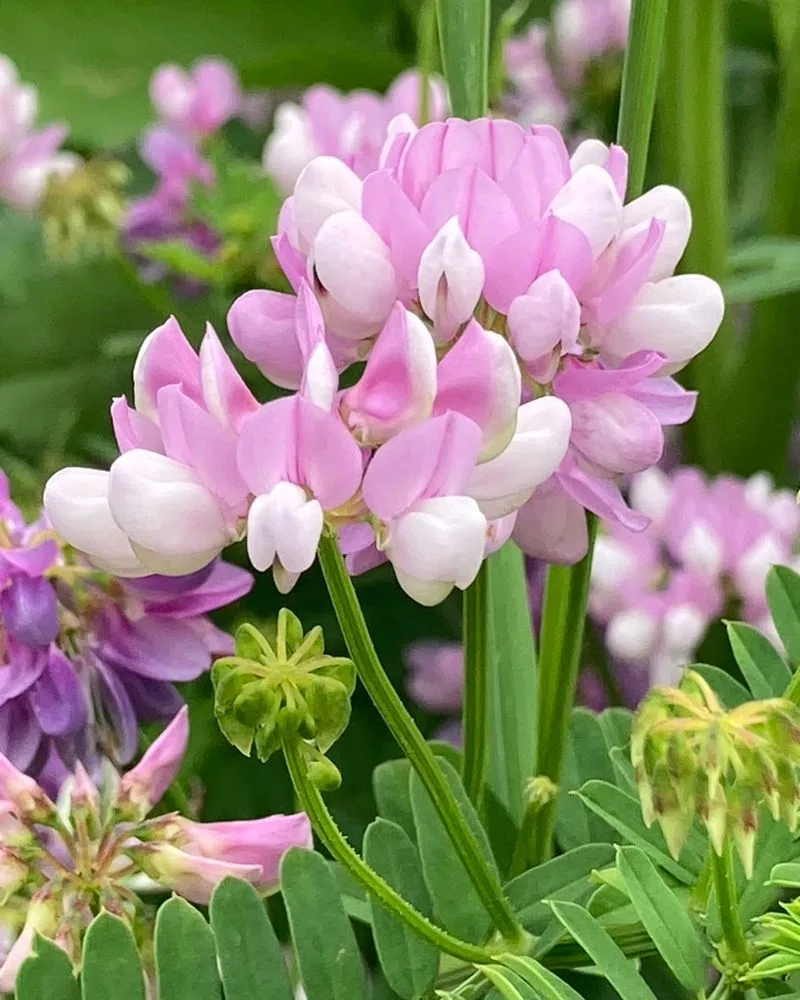
Crown Vetch’s pretty pinkish-purple flowers might suggest a gentle disposition, but beware. It spreads aggressively, primarily used for erosion control on banks and roadsides, where it can outcompete native plants.
In gardens, it can become unmanageable, forming dense colonies that are difficult to eradicate once established.
If you’re looking for a more garden-friendly option, consider plants that won’t overtake your space or require significant effort to control. Opt for species that coexist rather than dominate.
Liriope

Liriope, or monkey grass, offers a neat appearance with its grass-like leaves and charming purple flower spikes. Despite its visual appeal, Liriope can spread quickly and be difficult to manage.
Its tendency to form dense clumps can crowd out other plants and require frequent division and maintenance. This characteristic might lead to more work than anticipated for gardeners seeking low-maintenance options.
For a ground cover that demands less intervention, explore alternatives that provide the same aesthetic without the aggressive growth habits.
Bishop’s Weed

Bishop’s Weed, with its variegated leaves, offers a unique look but can become a gardener’s nightmare. Known for its invasive nature, it spreads through rhizomes and can quickly take over landscapes.
Its rapid growth means constant vigilance is required to keep it contained, often outcompeting more desirable plants. Once established, it proves challenging to remove completely.
Consider choosing ground covers that won’t require ongoing battles to maintain their beauty and can coexist peacefully with other garden plants.
Creeping Jenny

Creeping Jenny captivates with its cheerful yellow leaves that brighten up any garden space. However, its enthusiasm for spreading can lead to trouble for gardeners unprepared for its rapid growth.
This ground cover can quickly move beyond its intended area, and removing it can become a tiresome chore. Its tendency to overrun other plants makes it a risky choice.
For a more controlled splash of yellow in your garden, seek alternatives that offer similar color without the aggressive takeover.
Ajuga
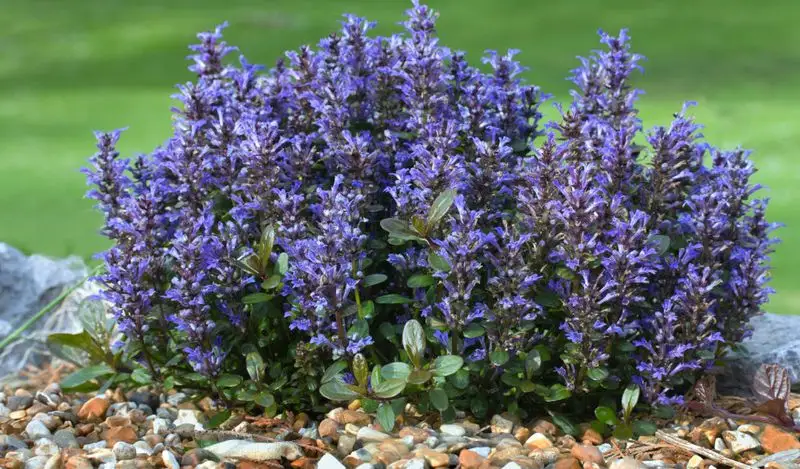
Ajuga, or Bugleweed, dazzles with its glossy leaves and bright blue flower spikes. Yet, its rapid spread can overwhelm flower beds, making it challenging to manage.
Its ability to cover ground swiftly might seem appealing initially, but this same trait can lead to problems if it encroaches on other plants. This vigorous growth requires regular oversight.
Consider other ground cover options that blend beauty with a more subdued growth habit, providing peace of mind and an easier gardening experience.
Bamboo

Bamboo creates an exotic vibe with its tall, swaying stalks. However, its aggressive spreading can make it a difficult plant to control. It often requires barriers to keep it from invading unwanted areas.
Once established, Bamboo can be extremely challenging to remove, with roots that penetrate deeply and spread far. Its vigorous growth can overshadow other plants and disrupt garden harmony.
If you’re seeking a unique look without the invasive spread, consider alternatives that offer exotic charm without the relentless expansion.
Lilyturf
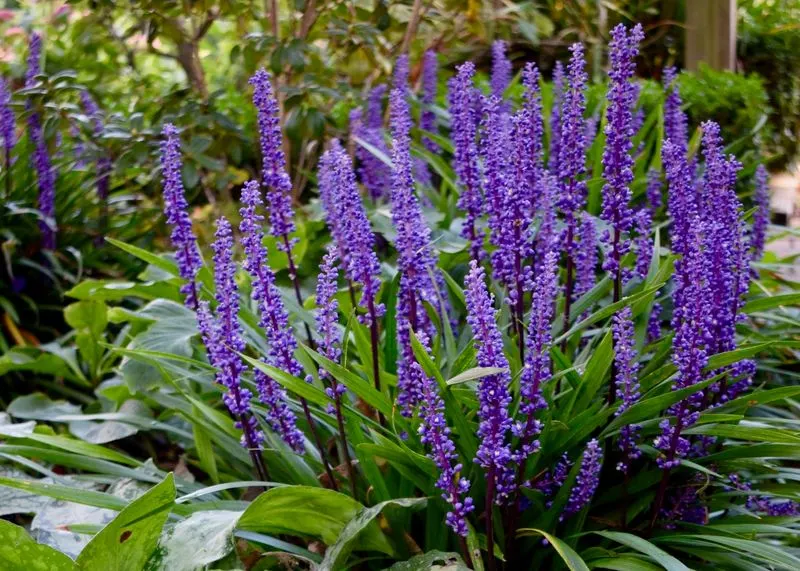
Lilyturf, with its dark green leaves and spikes of purple flowers, provides an elegant touch to garden borders. Yet, its spreading habit can become problematic, requiring regular maintenance to prevent it from overtaking other plants.
This ground cover may appeal visually, but its rapid growth demands attention, which might not align with low-maintenance desires.
For those seeking beauty without the spread, explore alternatives that promise to stay put while delivering similar visual appeal.
Oxalis
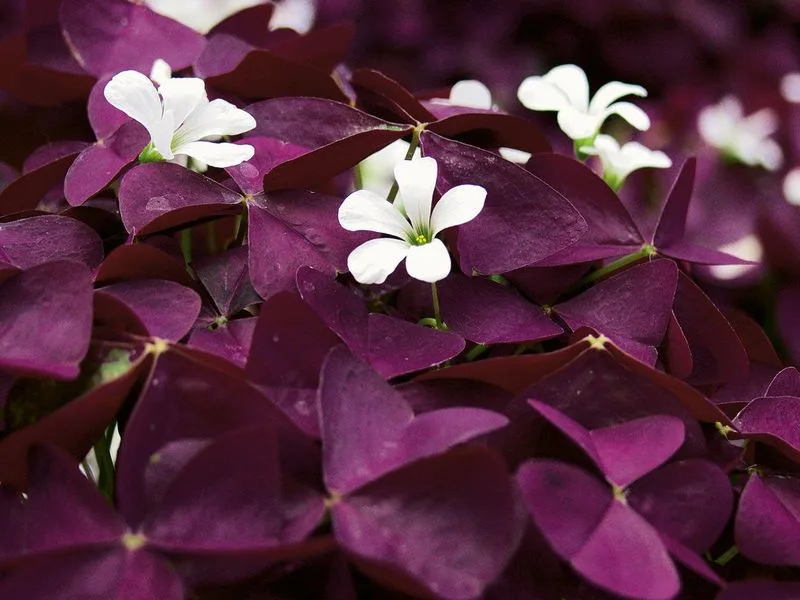
Oxalis, resembling clover with its trifoliate leaves, often pops up in gardens uninvited. While some admire its yellow flowers, this ground cover can spread quickly, often considered a weed.
Its ability to thrive in various conditions makes it a persistent presence once it appears. Gardeners seeking more stable planting choices should be prepared for a fight to keep Oxalis in check.
Look for alternatives that offer charm without the unwelcome takeover, ensuring that your garden remains as you envisioned.
Goutweed

Goutweed, with its attractive variegated foliage, might catch the eye, but it has a reputation for being highly invasive. It spreads vigorously through rhizomes, making it difficult to control.
Once established, removing Goutweed can be daunting, as it tends to regenerate from even small root fragments. Its tendency to outcompete other plants can frustrate gardeners looking for balance.
Consider opting for ground covers that maintain their beauty without the aggressive spread, offering a more harmonious addition to your garden space.
Mondo Grass
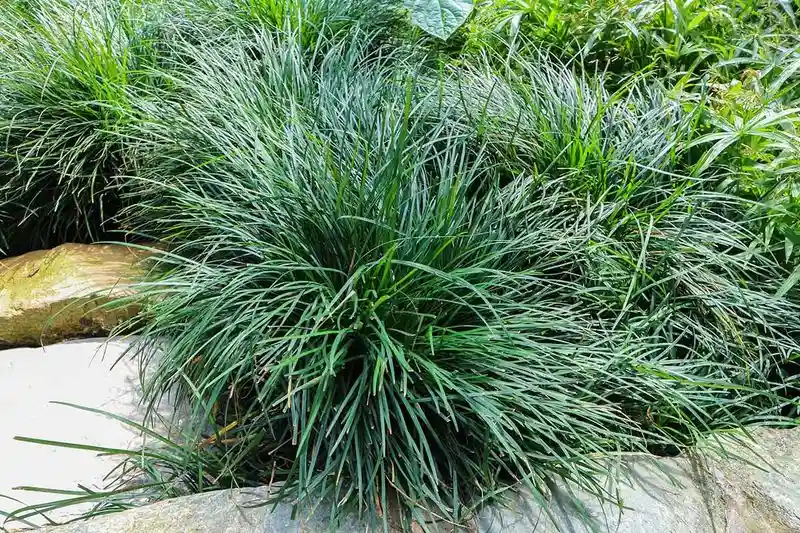
Mondo Grass, with its fine, arching leaves, provides a refined ground cover option. Yet, it can spread more rapidly than anticipated, requiring regular division to manage its growth.
Its dense mat can overshadow smaller plants, making it a choice that demands ongoing attention. For those not keen on frequent garden chores, Mondo Grass might require more labor than desired.
Explore alternatives that provide the same visual interest without the need for constant maintenance, ensuring a serene gardening experience.
Snow on the Mountain
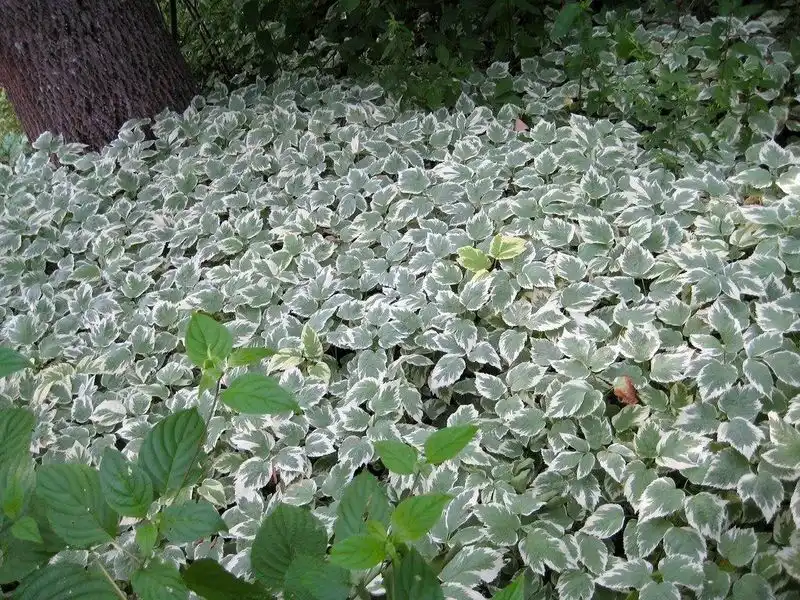
Snow on the Mountain, also known as Bishop’s Weed, delights with its variegated leaves. However, its invasive nature can quickly lead to garden domination, as it spreads rapidly.
Once it takes hold, controlling it can become a significant task, often outcompeting more desirable plants in the process. This vigorous growth can lead to frustration and a loss of garden variety.
For those seeking harmony in their planting, consider alternatives that coexist without taking over, preserving the balance in your outdoor space.
Sweet Woodruff
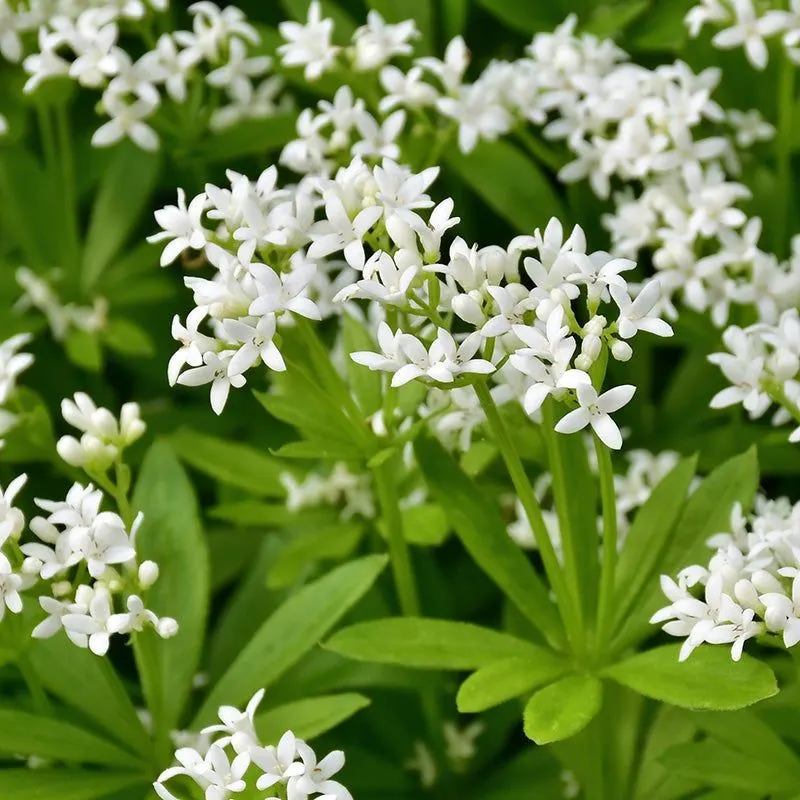
Sweet Woodruff enchants with its delicate white flowers and fragrant leaves, often used to carpet woodland gardens. Yet, its ability to spread quickly can lead to challenges in controlling its growth.
Gardeners might find it overtakes intended areas, requiring regular maintenance to contain it. This propensity for expansion means it’s not as low-maintenance as it might first appear.
For a similar woodland allure without the vigorous spread, seek out alternatives that offer charm without the constant need for control.
Bugleweed
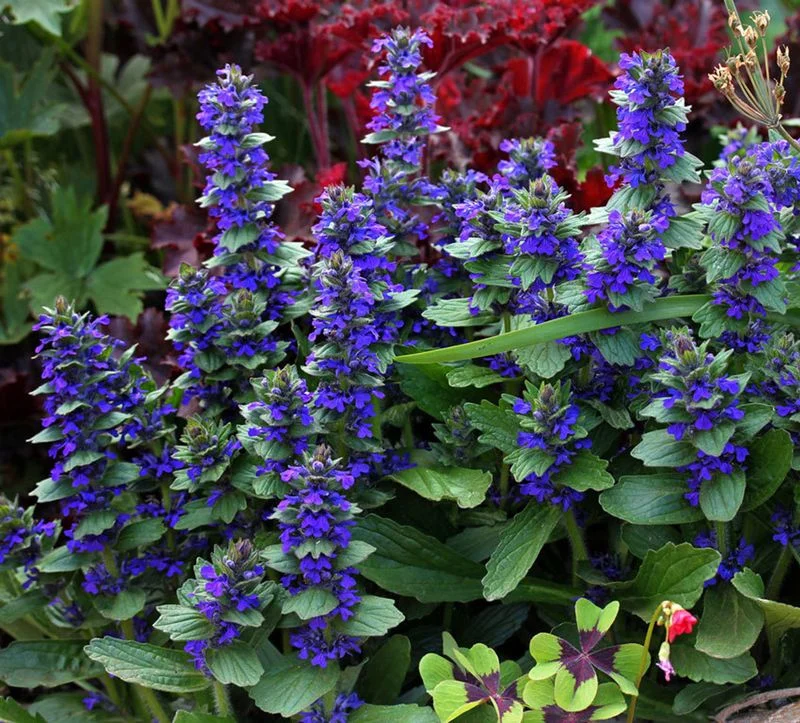
Bugleweed, known for its colorful foliage and striking flowers, can become more than you bargained for. Its rapid spread might overwhelm garden beds, necessitating frequent checks to keep it in line.
Though it covers ground quickly, the maintenance required to control its reach might not suit all gardeners. This can lead to frustration when it overshadows other plants.
Look for ground cover plants that provide similar beauty without the aggressive spread, ensuring a balanced and manageable garden layout.
Daylily
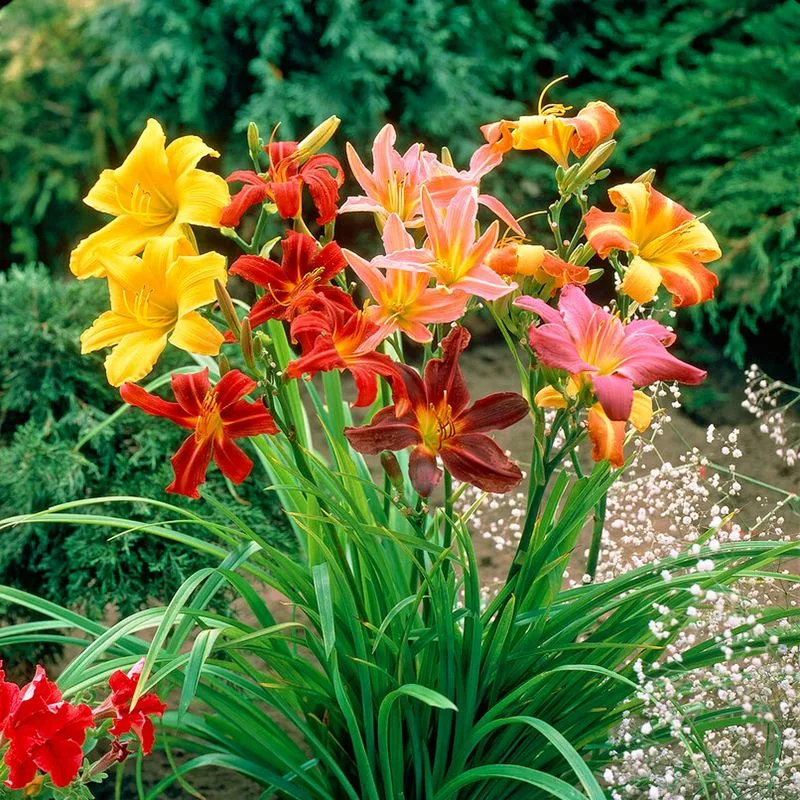
While Daylilies are admired for their vibrant blooms, they can spread beyond control if not managed properly. Known for their hardiness, they might crowd out other plants, dominating the garden.
Their resilience can become a problem, especially if you’re aiming for a diverse plant collection. Regular division is necessary to maintain order and prevent them from taking over.
For a splash of color that won’t dominate, consider alternatives that bring vibrancy without the risk of garden domination.
Boston Ivy
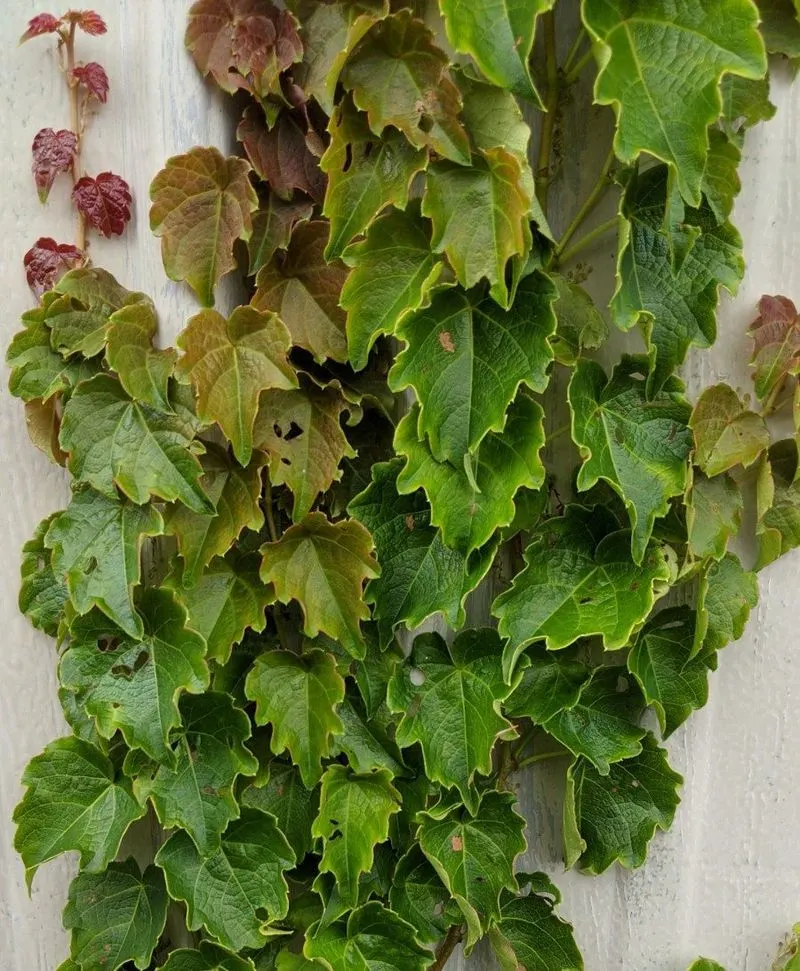
Boston Ivy, with its stunning seasonal colors, can add charm to any garden wall or fence. However, its rapid growth can become overwhelming, requiring constant trimming to prevent it from taking over.
Its ability to climb and adhere to surfaces can cause damage to structures, which might be an unwelcome surprise. This plant demands attention and regular intervention.
Seek out alternatives that provide similar visual interest without the potential for structural damage or overgrowth, offering peace of mind and beauty.
Rainbow Fern

Imagine a fern that bursts with colors like a painter’s palette. The Rainbow Fern, although striking, often struggles to adapt outside its tropical homeland. Its vibrant hues might fade quickly in non-native soils, leaving gardens lackluster.
Yet, for those willing to flirt with the exotic, the Rainbow Fern offers a kaleidoscope of beauty. Keep it in a shaded, humid corner of your garden for best results.
However, consider the hardy Autumn Brilliance Fern as an alternative. It offers hues of orange and red in the fall, thriving in diverse climates. A true spectacle without the fuss!

